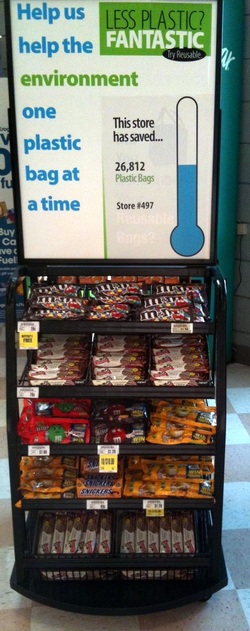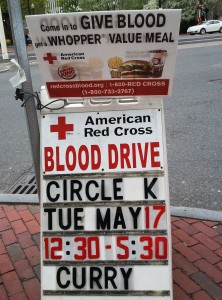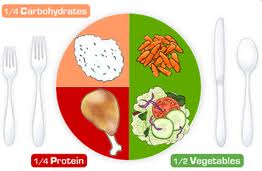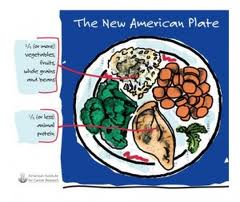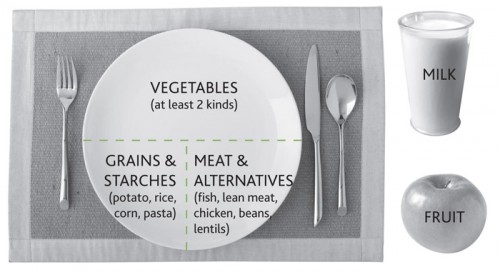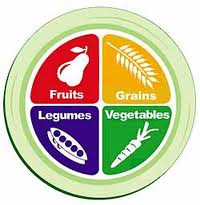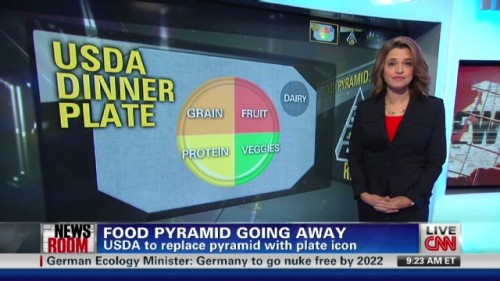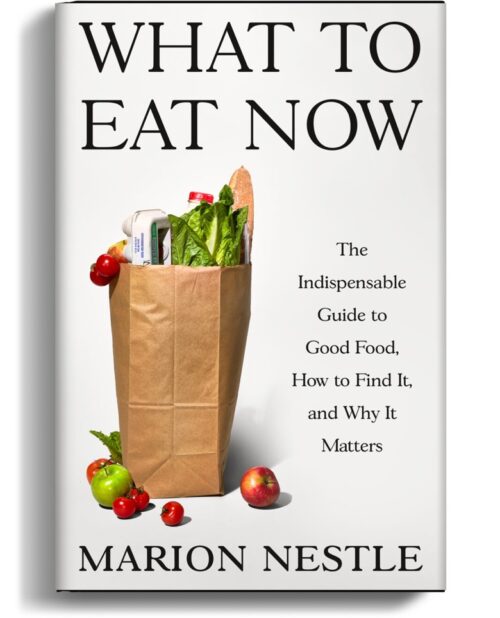I collect things like this—examples of food company marketing alliances with health and nutrition organizations that by all rights should be advising their members and clients not to eat much of the company’s products. This one promotes mega-size Pepsi to raise funds for the Juvenile Diabetes Research Foundation.

This particular treasure comes from a blogger, Joe Tower, who runs a business—“Selfish Giving”—that helps companies do cause marketing. This one crosses a line, even for him:
I’ve said this before: I don’t have a problem with nonprofits and fast-serve chains doing cause marketing. What I do have a problem with is when fast serve chains like KFC encourage consumers to buy products that directly contribute to the health conditions – in this case diabetes – they are supposedly trying to prevent by partnering with the cause in the first place….What was JDRF thinking? I’m not sure, but I’m calling them today to see if I can find out!
Here are excerpts from the response from JDRF:
We appreciate your concerns and your questions about the banner promoting a JDRF fundraising activity at KFC. Please understand that the fundraiser in question is a local initiative in Utah involving a single KFC franchise owner with a personal type 1 diabetes connection.That said, JDRF values its supporters, both individual and corporate, and their efforts to raise funds to support research aimed at improving lives and curing type 1 diabetes. JDRF carefully reviews national partnership opportunities to ensure that they are appropriate prior to joining corporate campaigns to raise funds.
Regarding this particular promotion, we understand that one of the criticisms has been the association with a sugary product, which many have associated with contributing to diabetes. It’s important to note that JDRF supports research for type 1 diabetes, an autoimmune disease that results when the immune system attacks the cells in the pancreas that produce insulin, therefore requiring a child or adult with the disease to depend on insulin treatment for the rest of their lives. It is a common misconception that type 1 diabetes is caused by obesity or eating too much junk food or sweets.
Finally, JDRF does not endorse any particular products, nor any particular diet. People with type 1 diabetes should work with their healthcare team to determine a diet that works best for them. JDRF fully supports people living with type 1 diabetes engaging in healthy eating habits and lifestyles.
–Gary Feit, National Manager, External Communications, Juvenile Diabetes Research Foundation
As I find myself saying again and again, you cannot make this stuff up. And how does Pepsi, now promoting itself as a wellness company, feel about this?
[Thanks to David Schliefer for sending]
Update June 17: I hear rumors attributed to a Pepsi V.P. that the promotion is “no longer running.”

